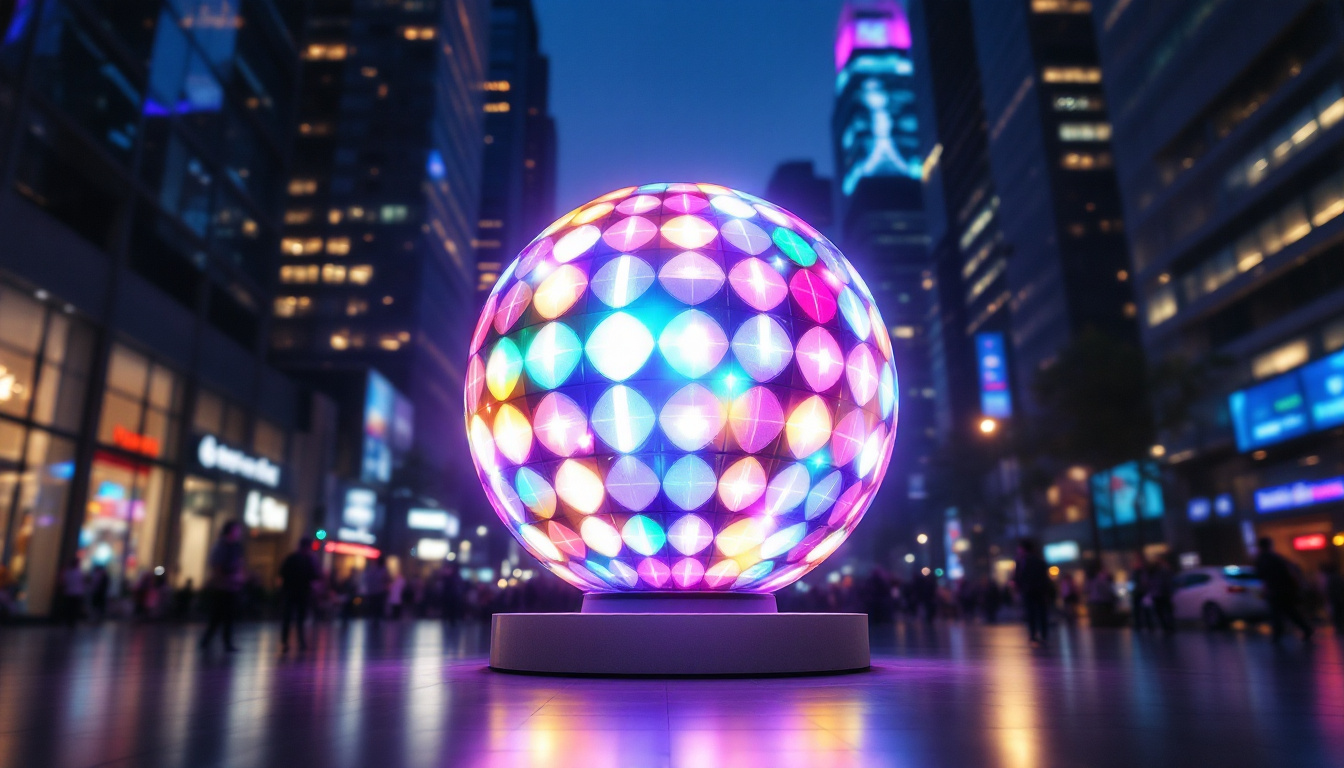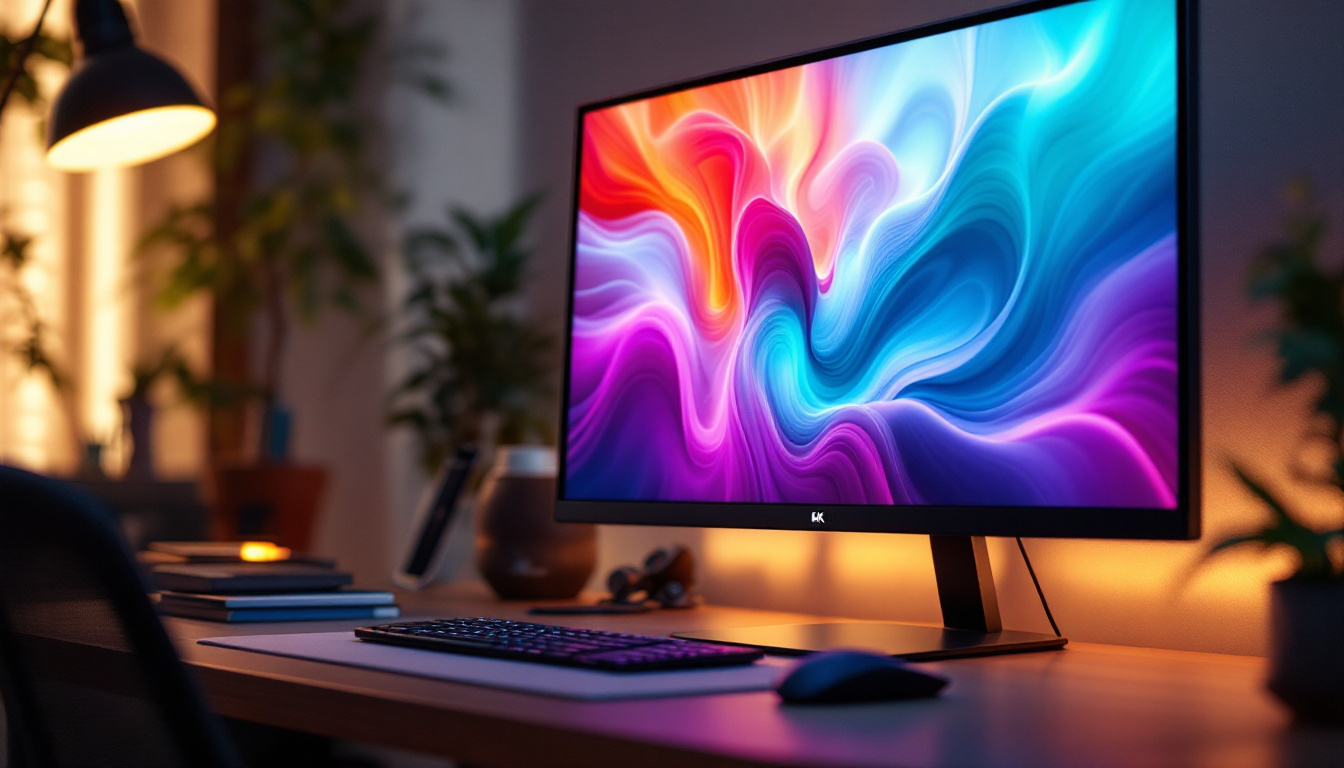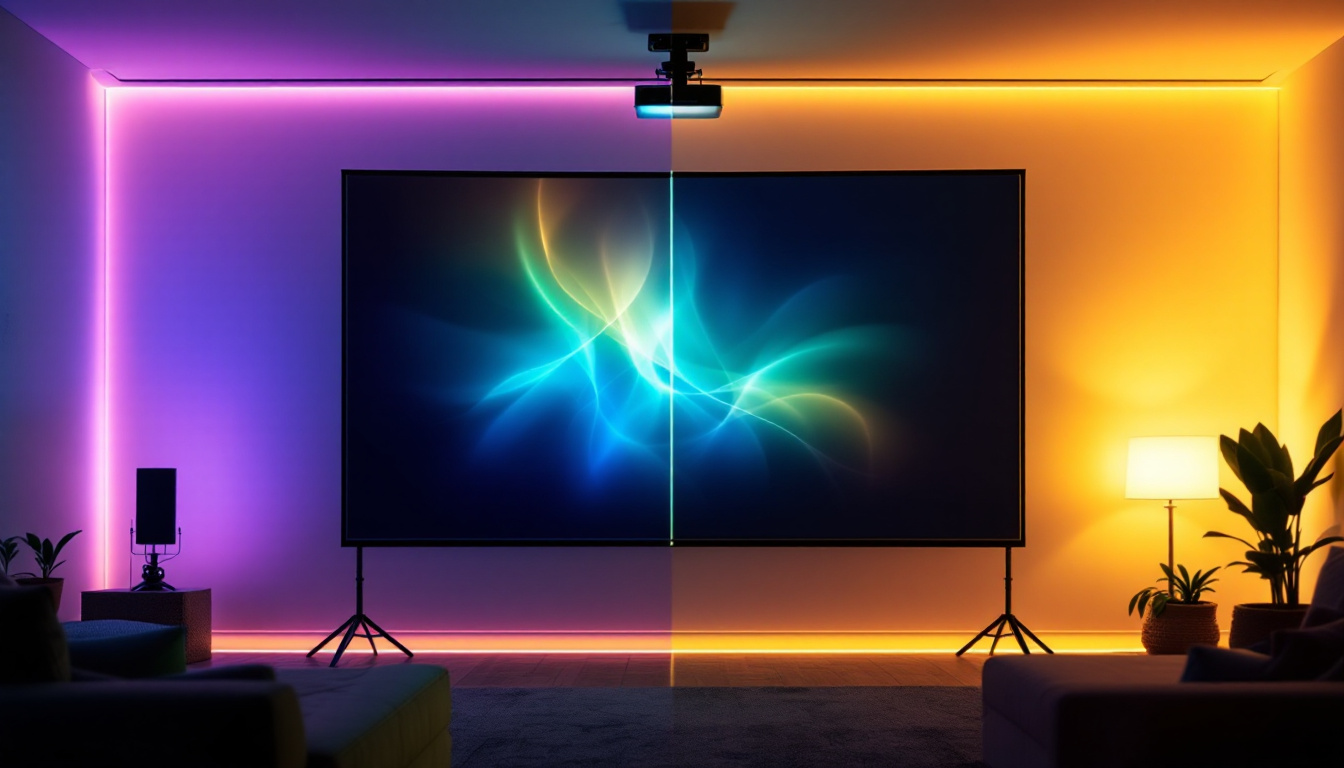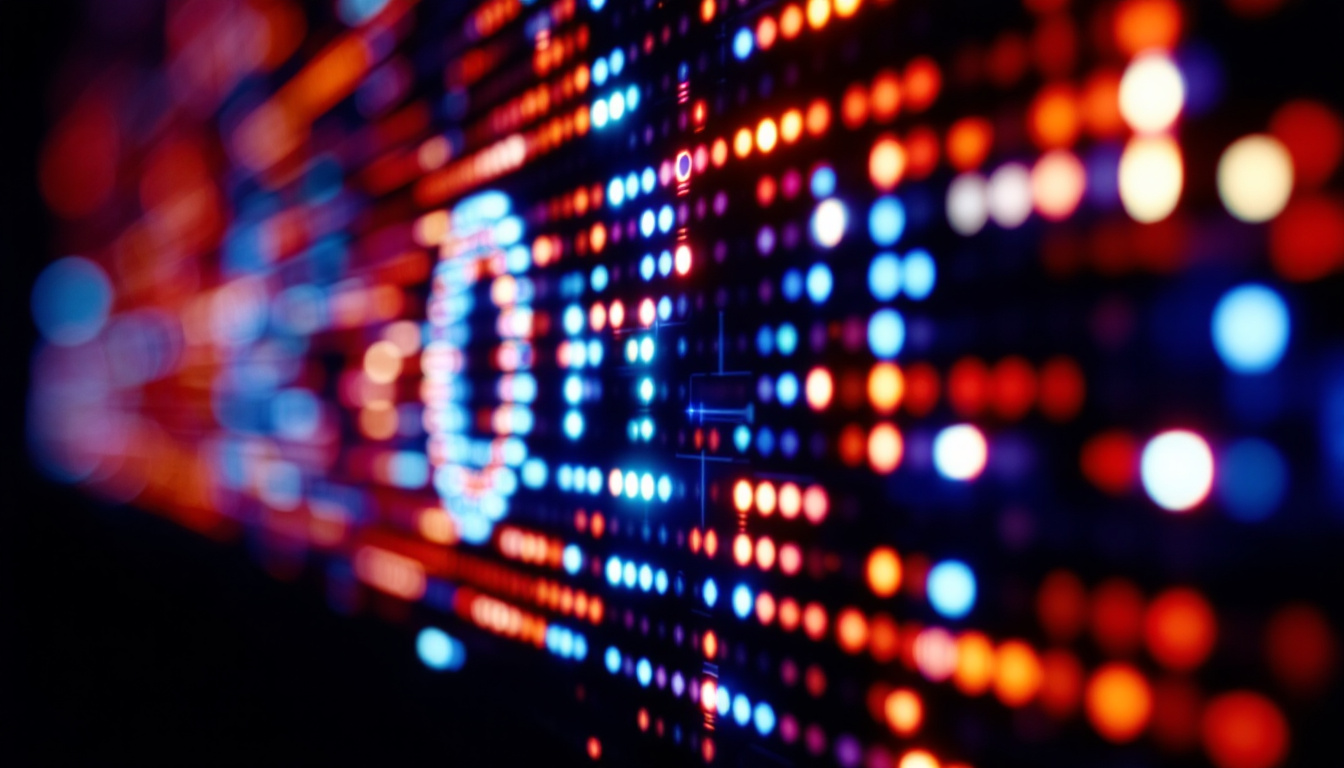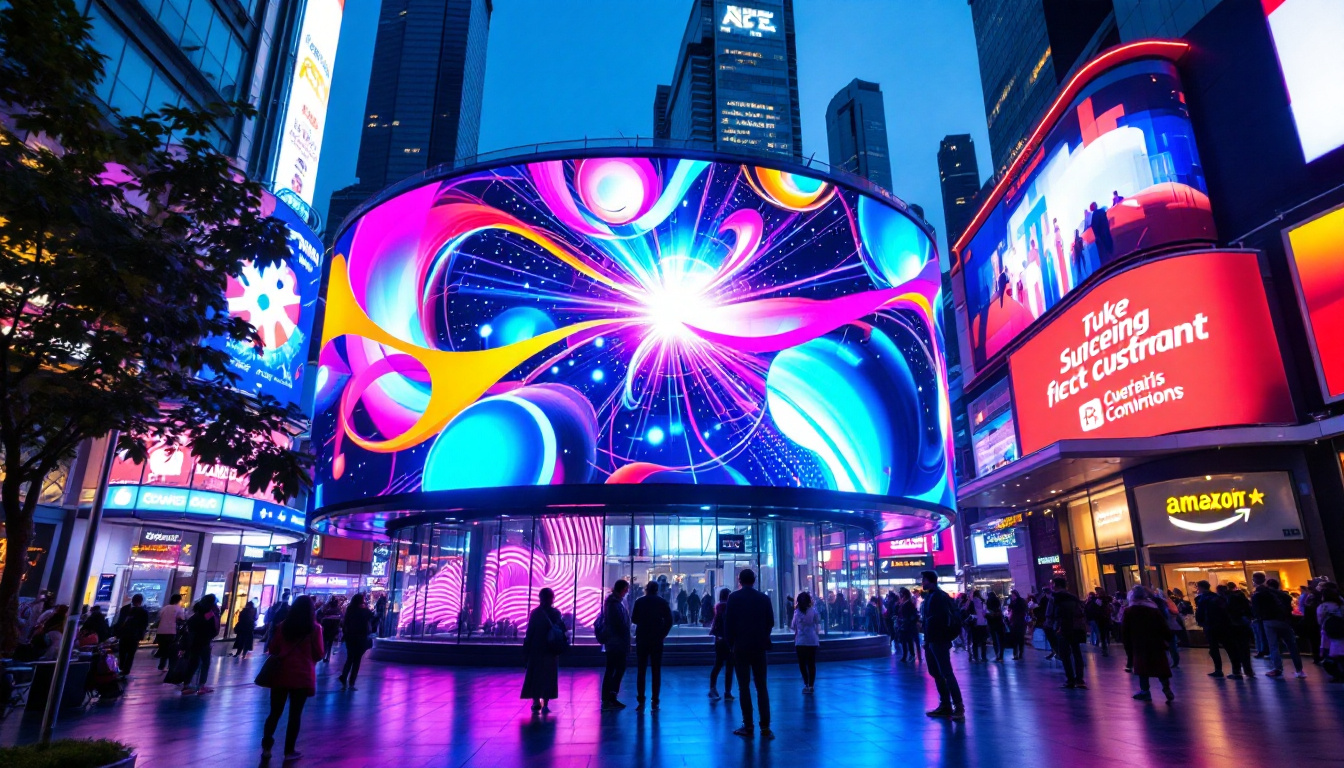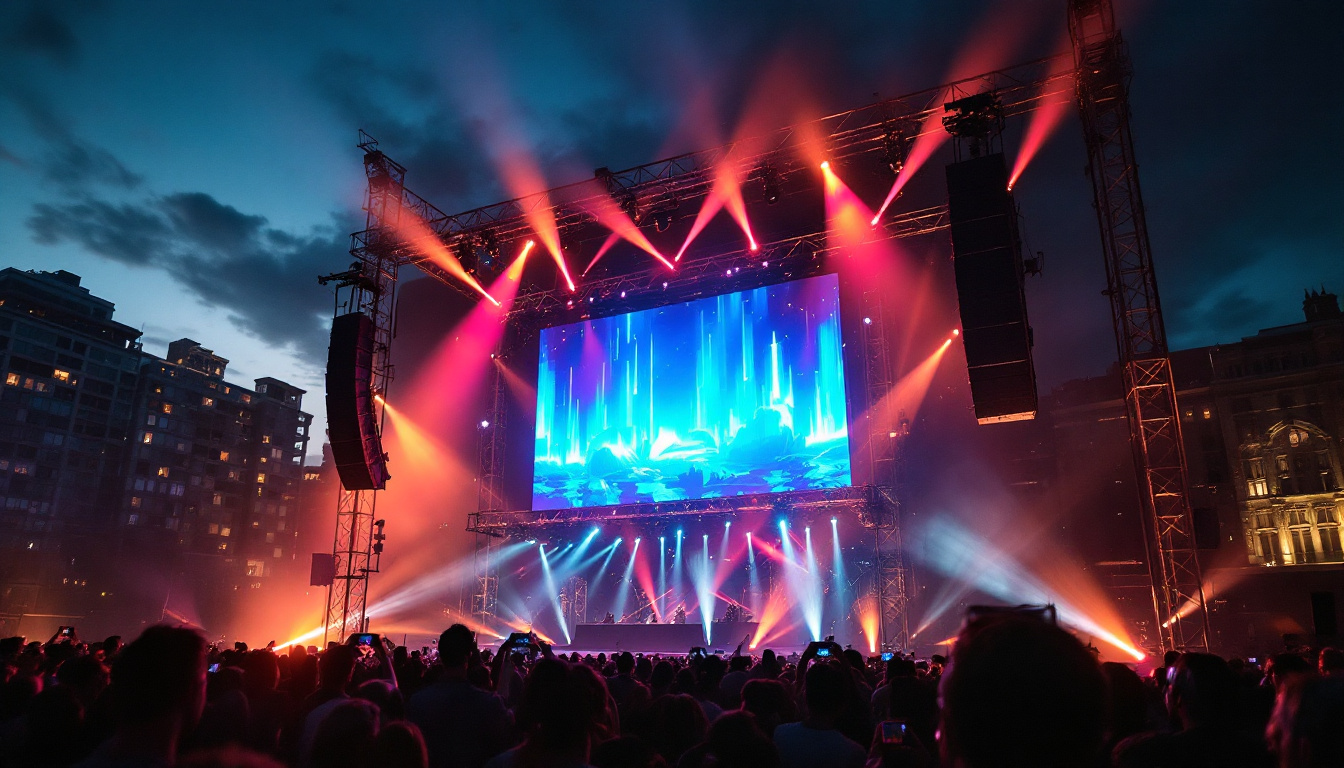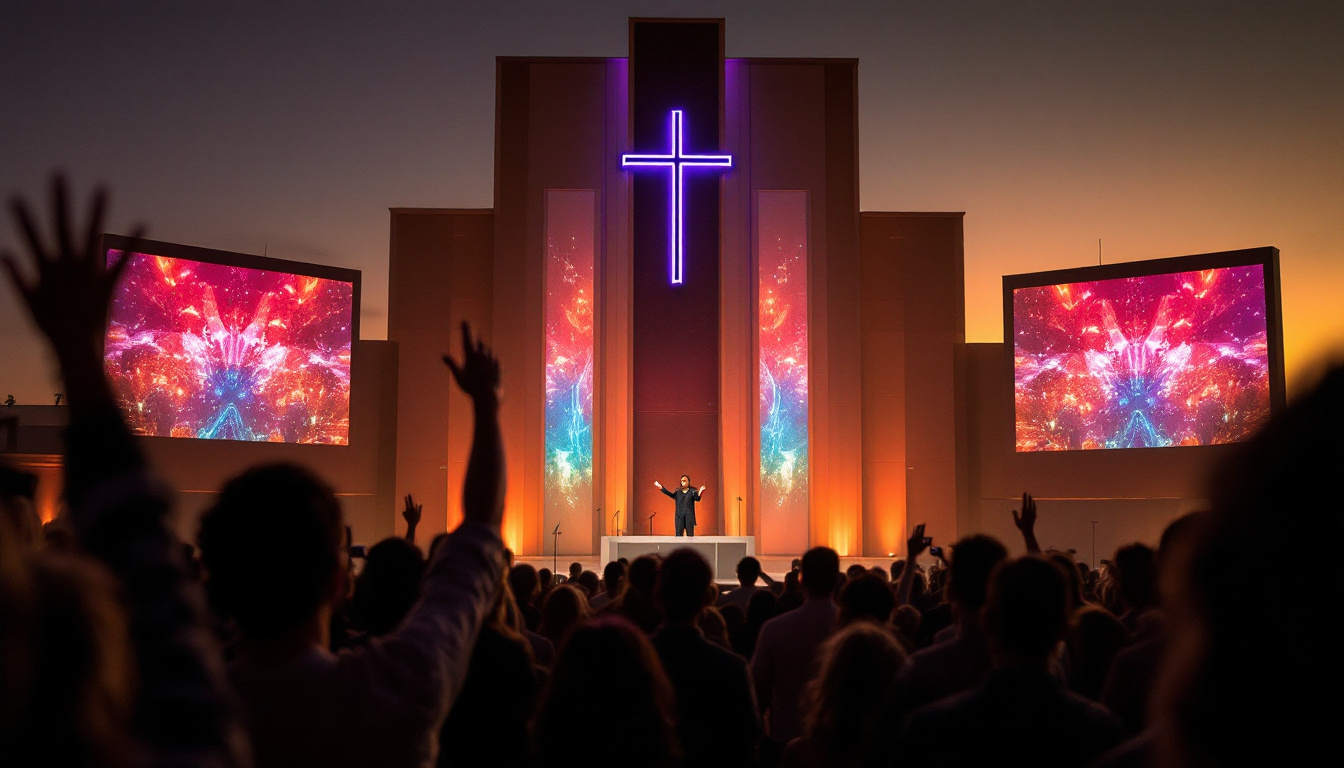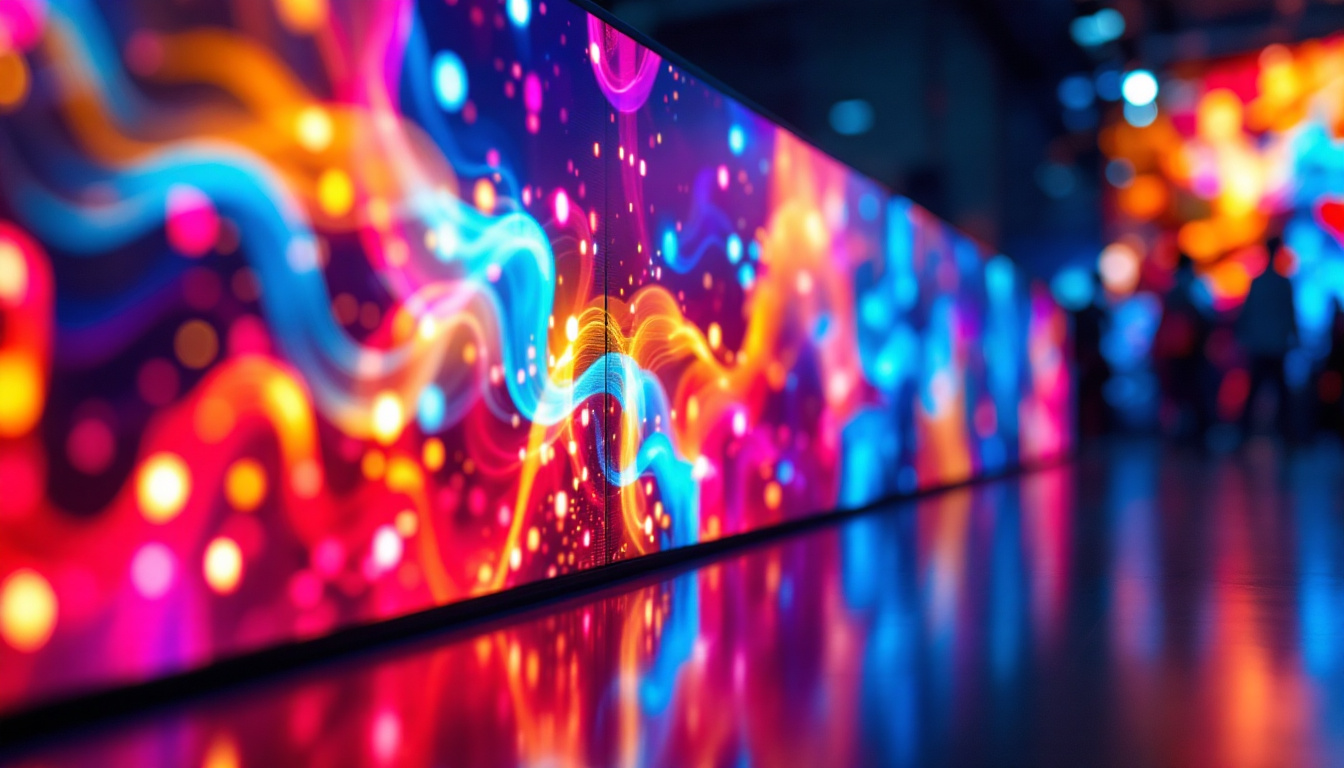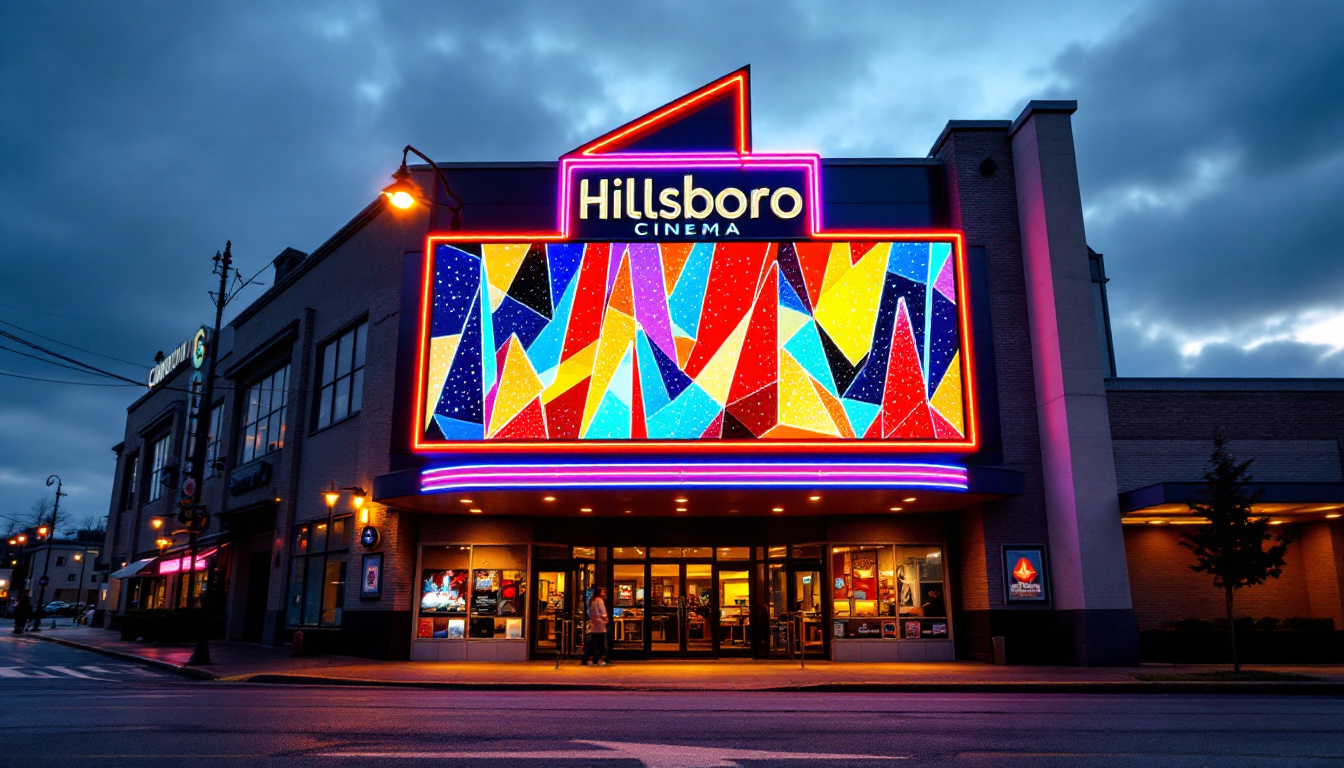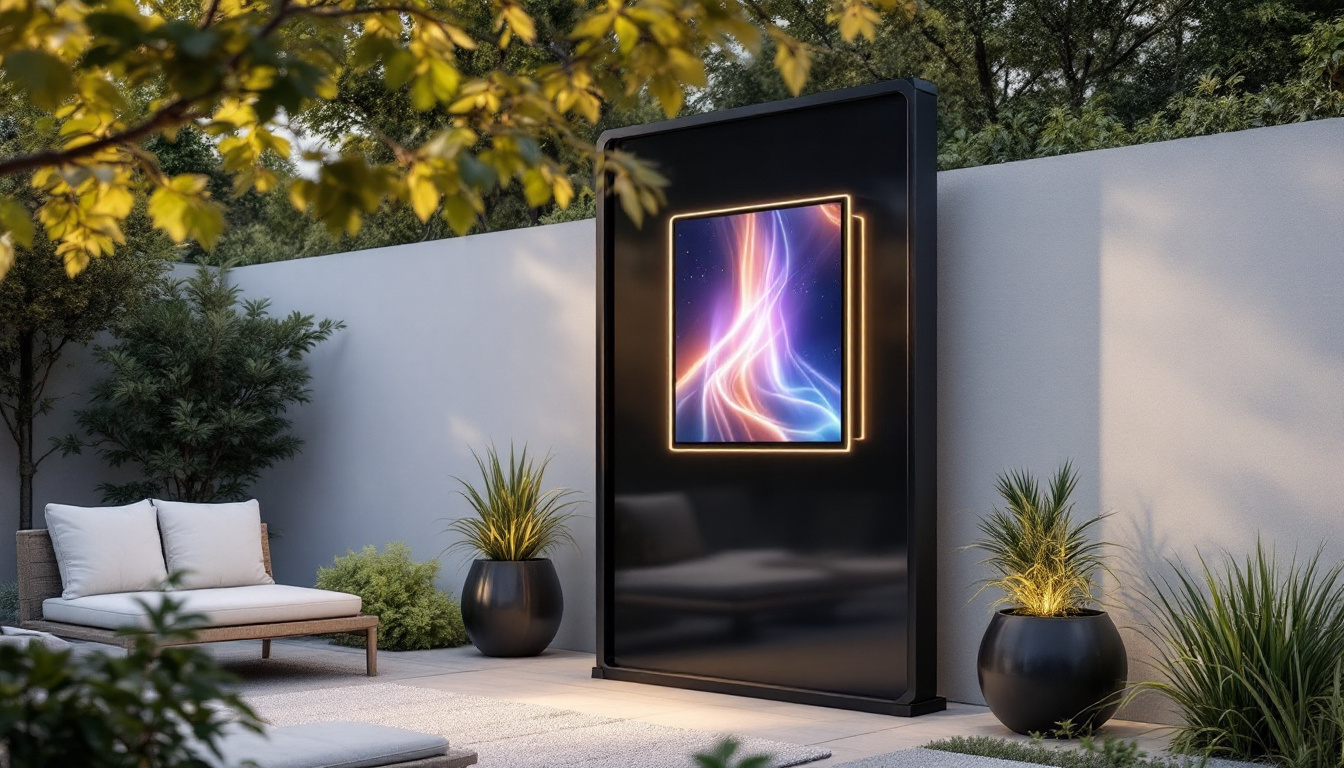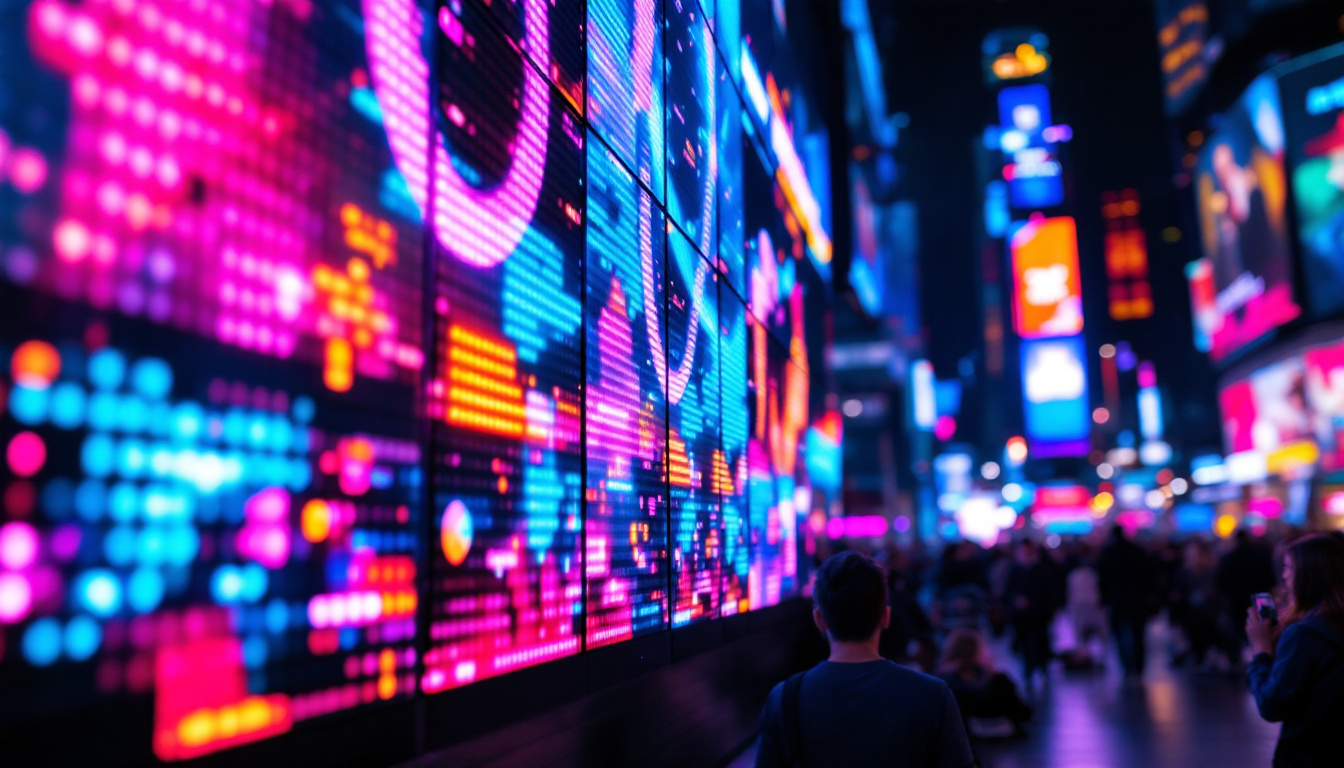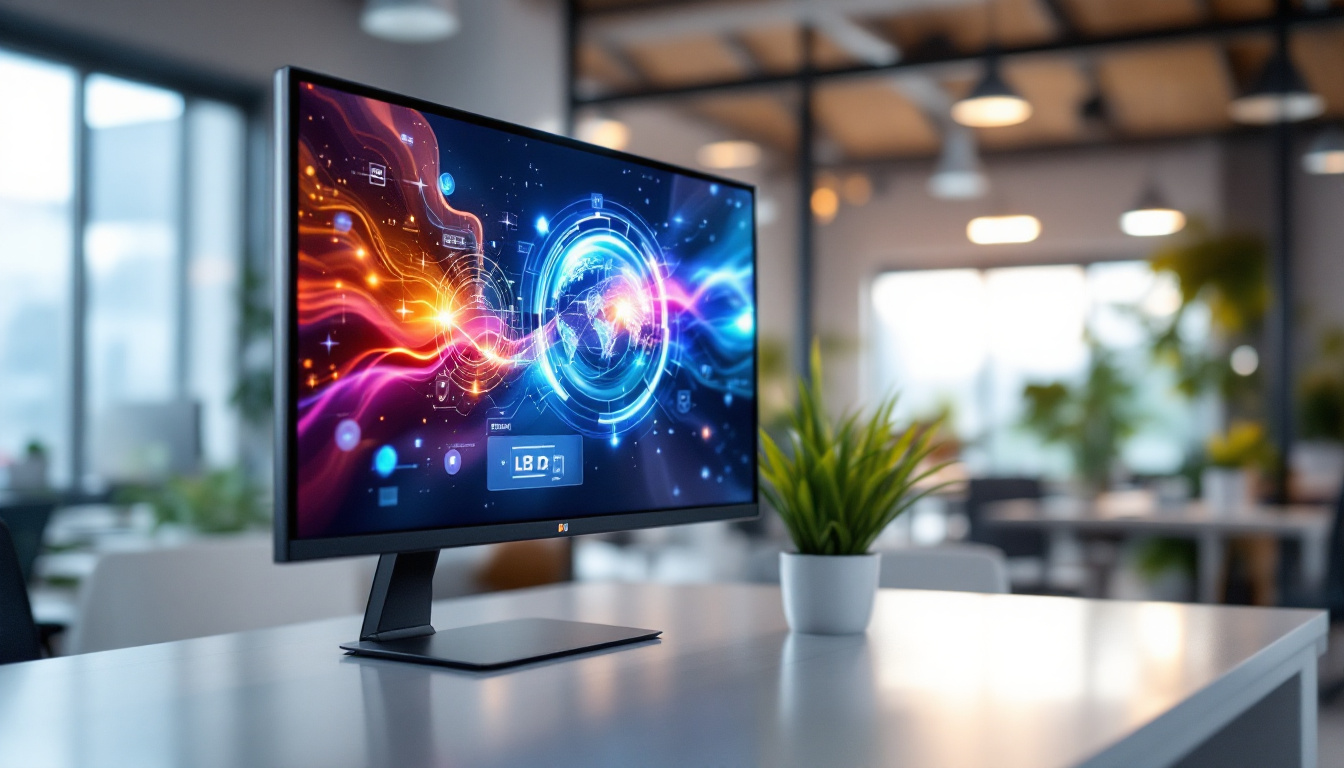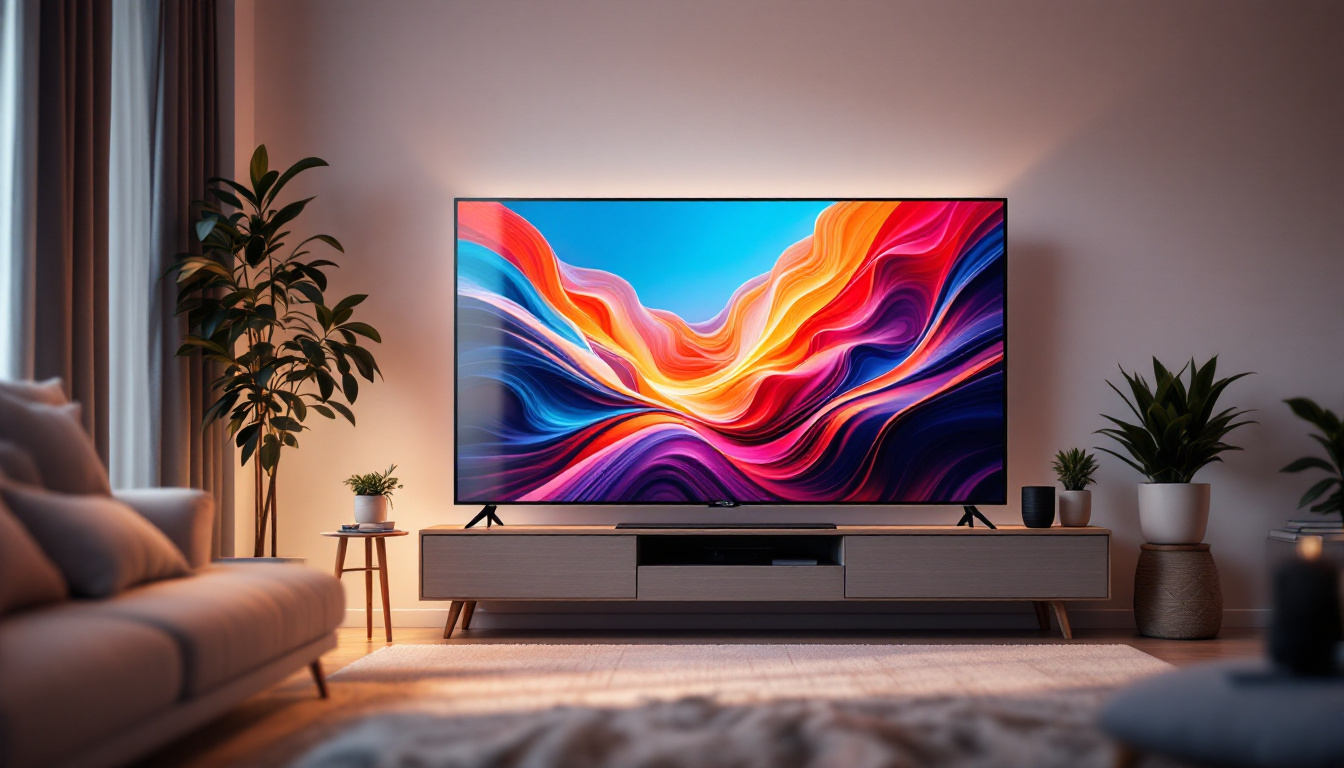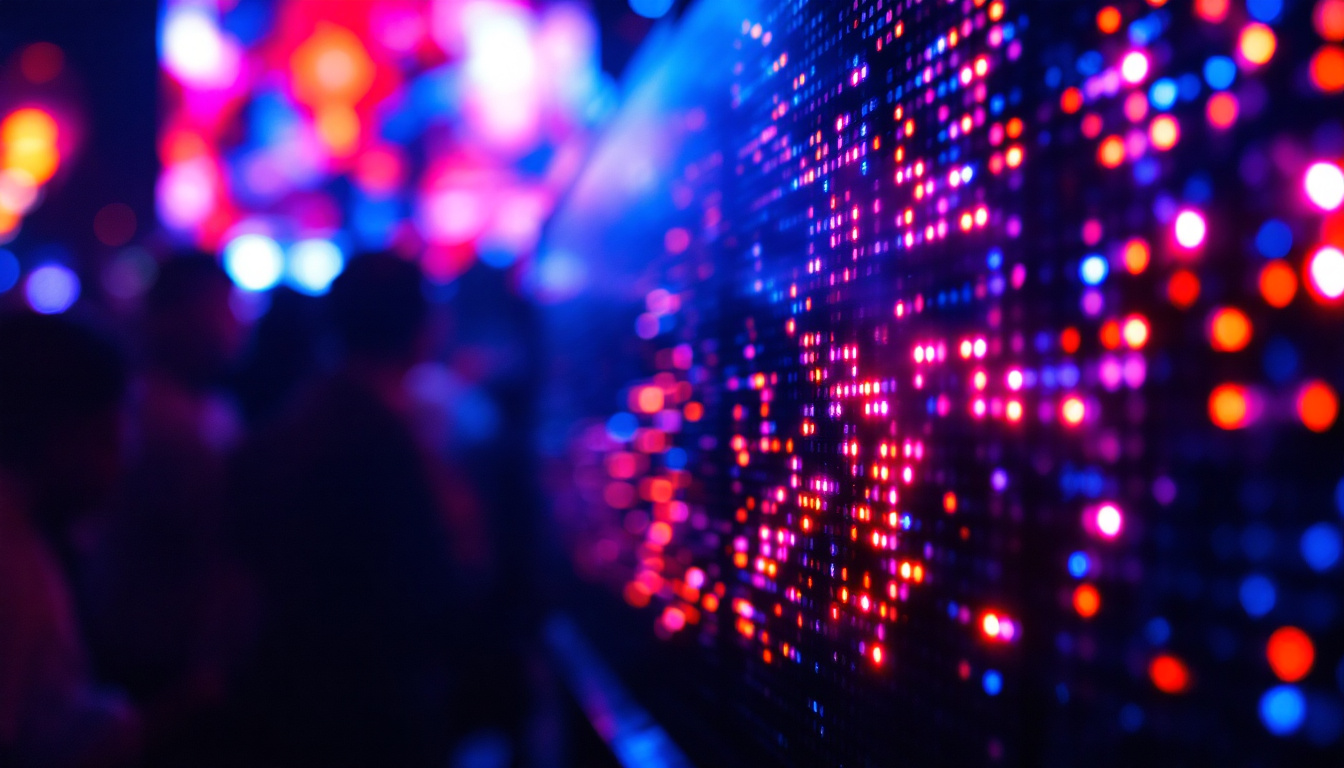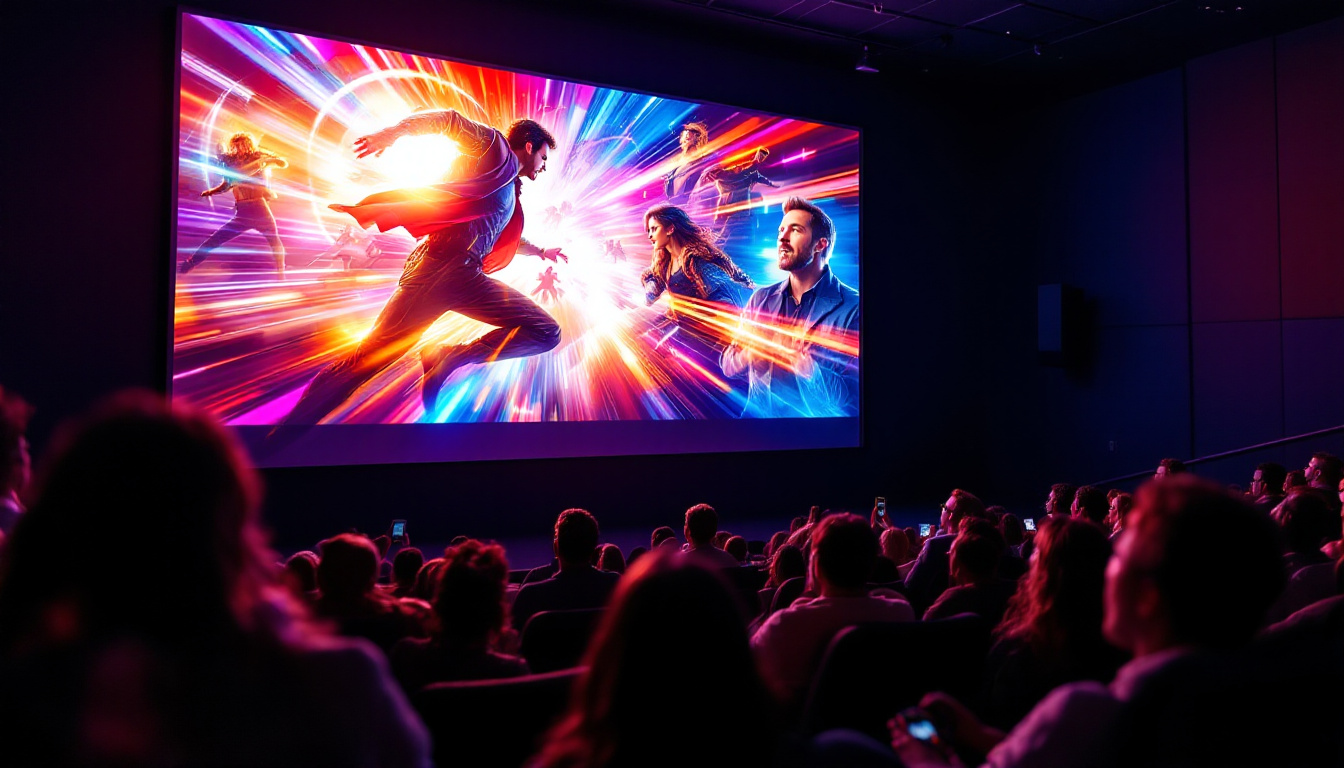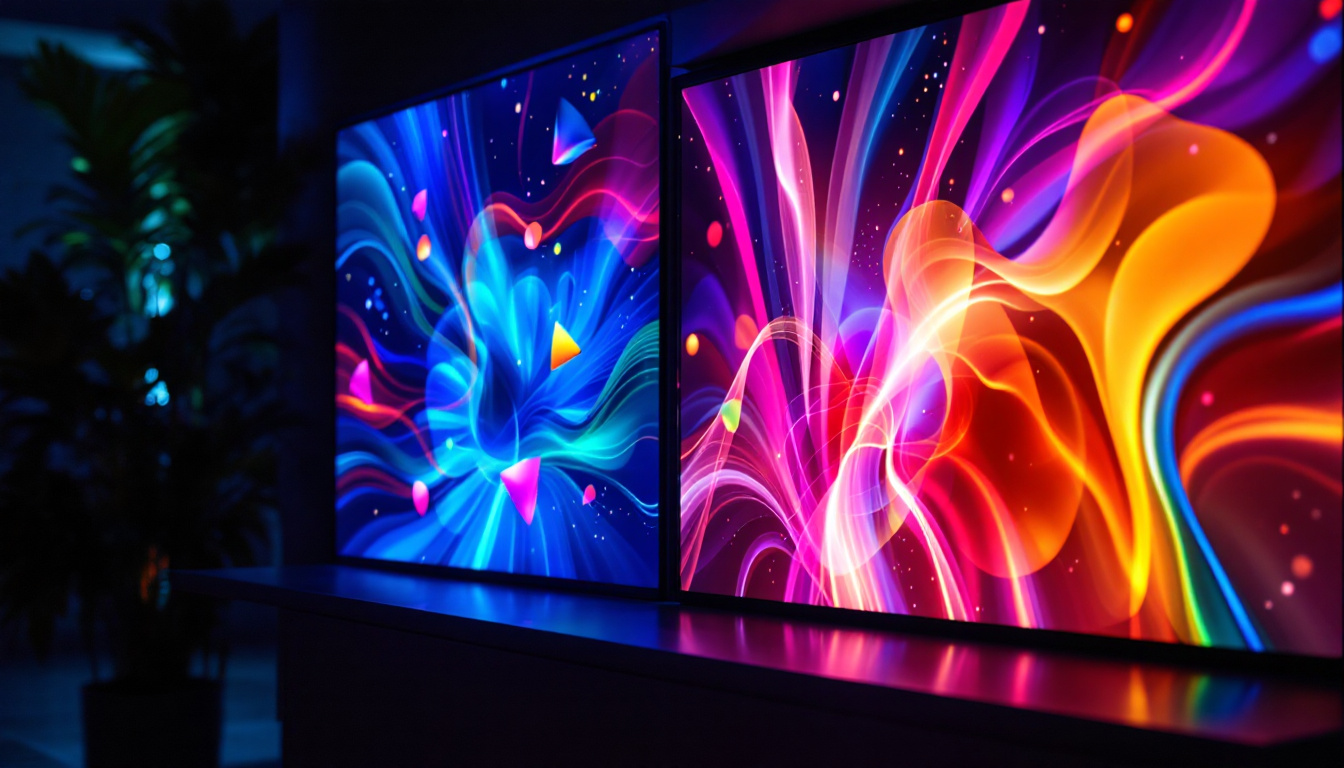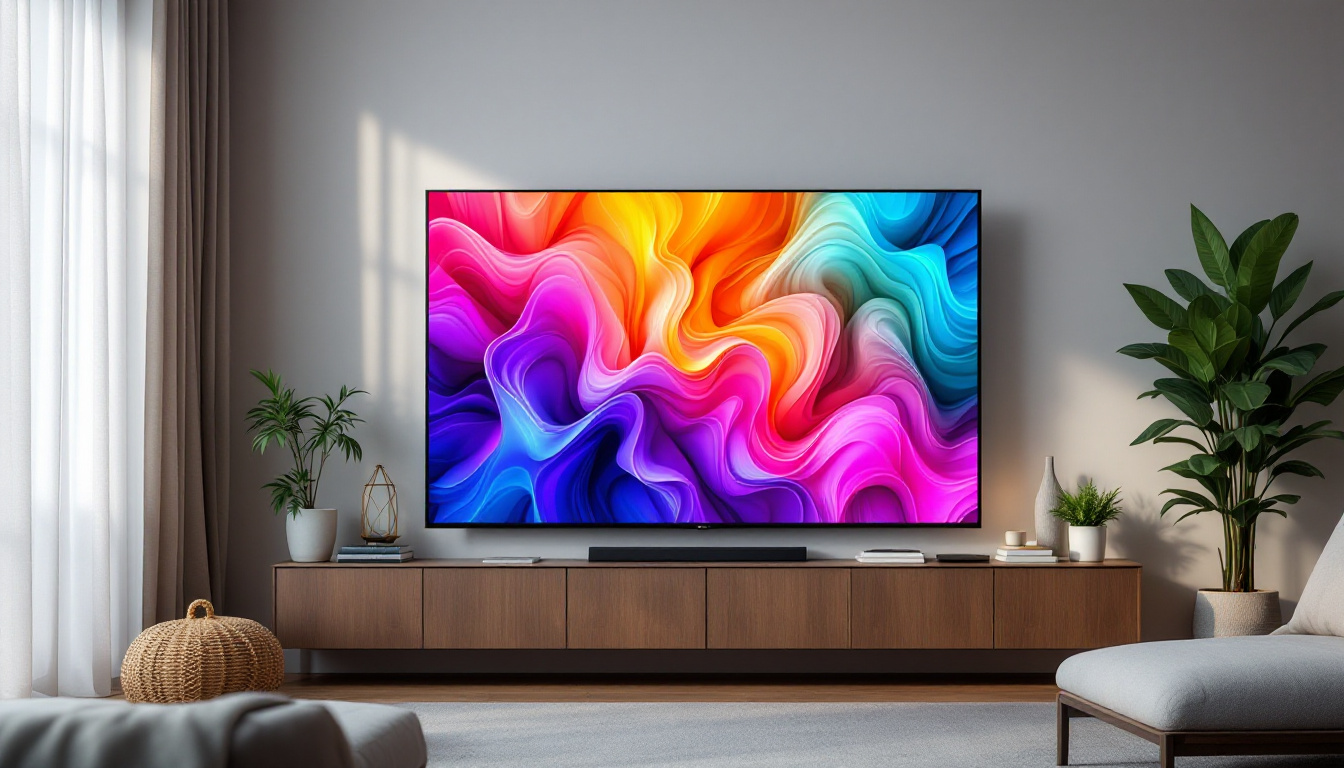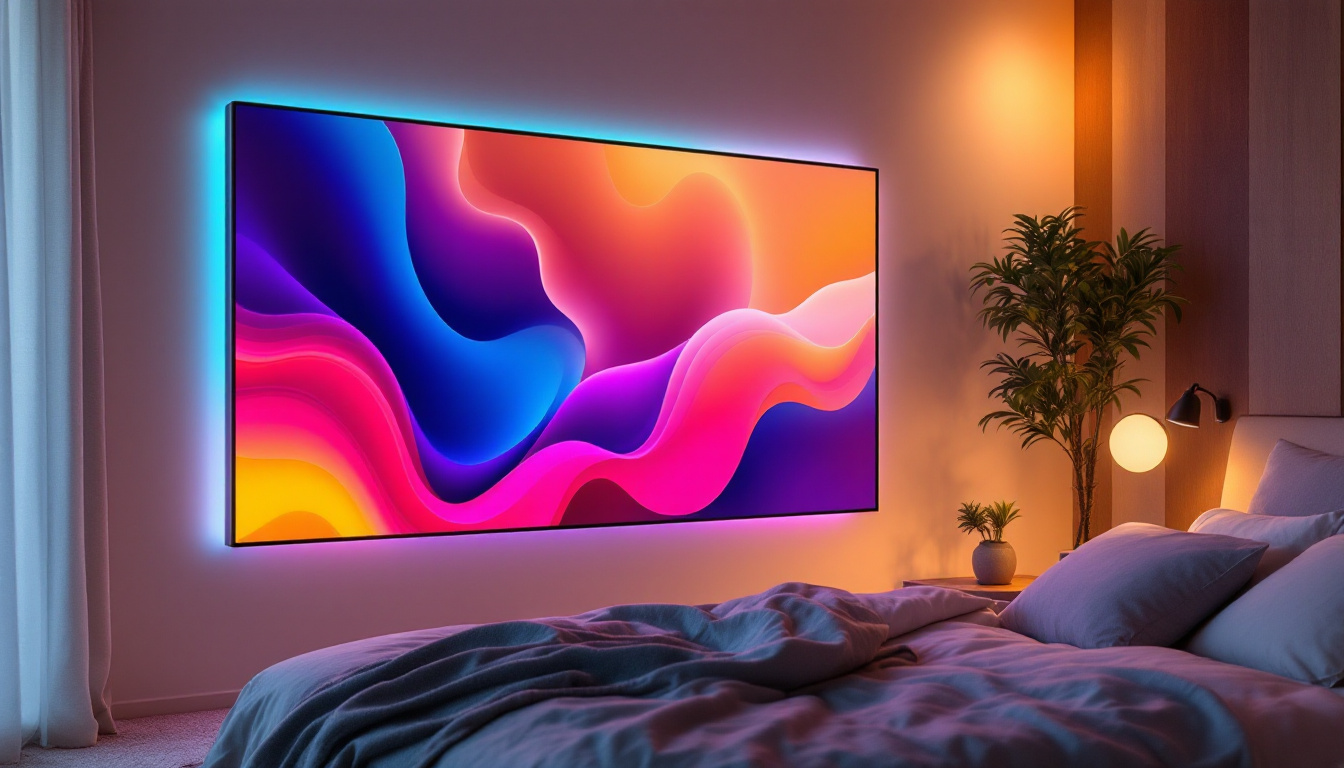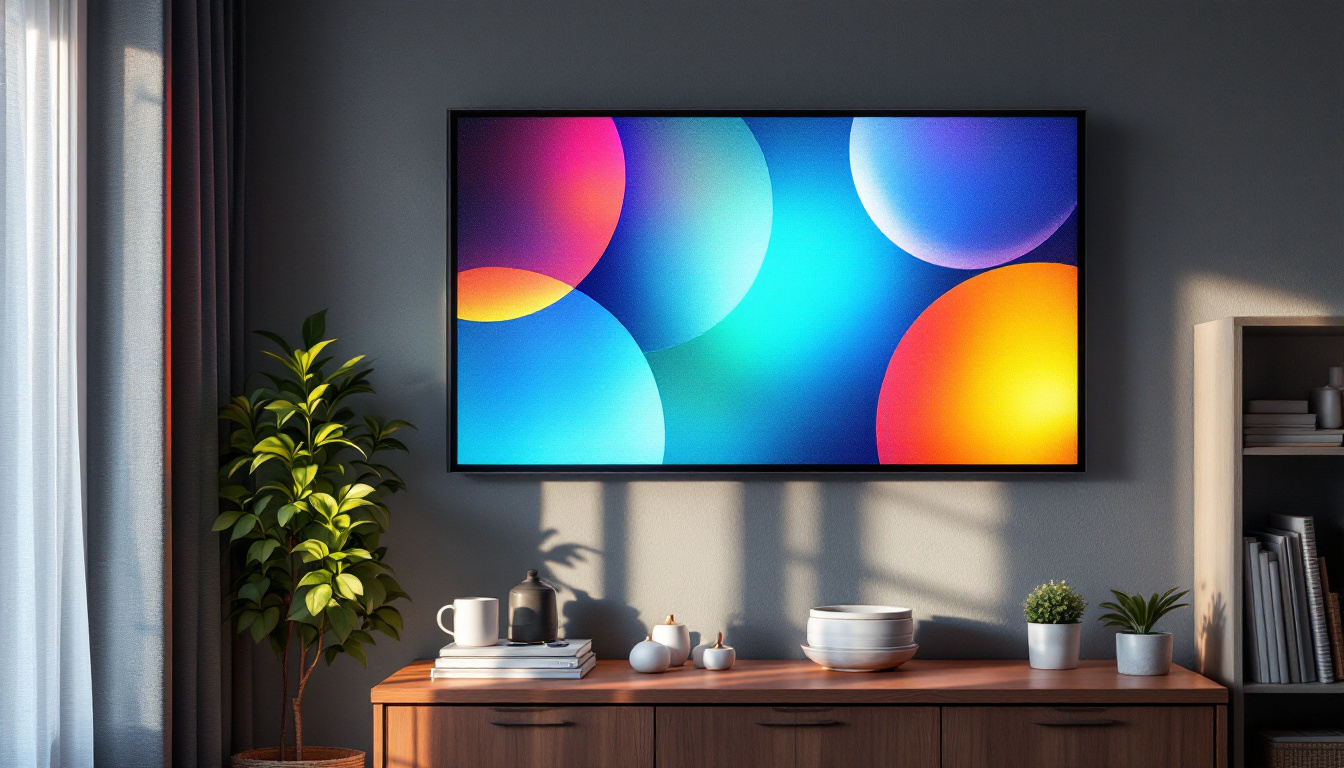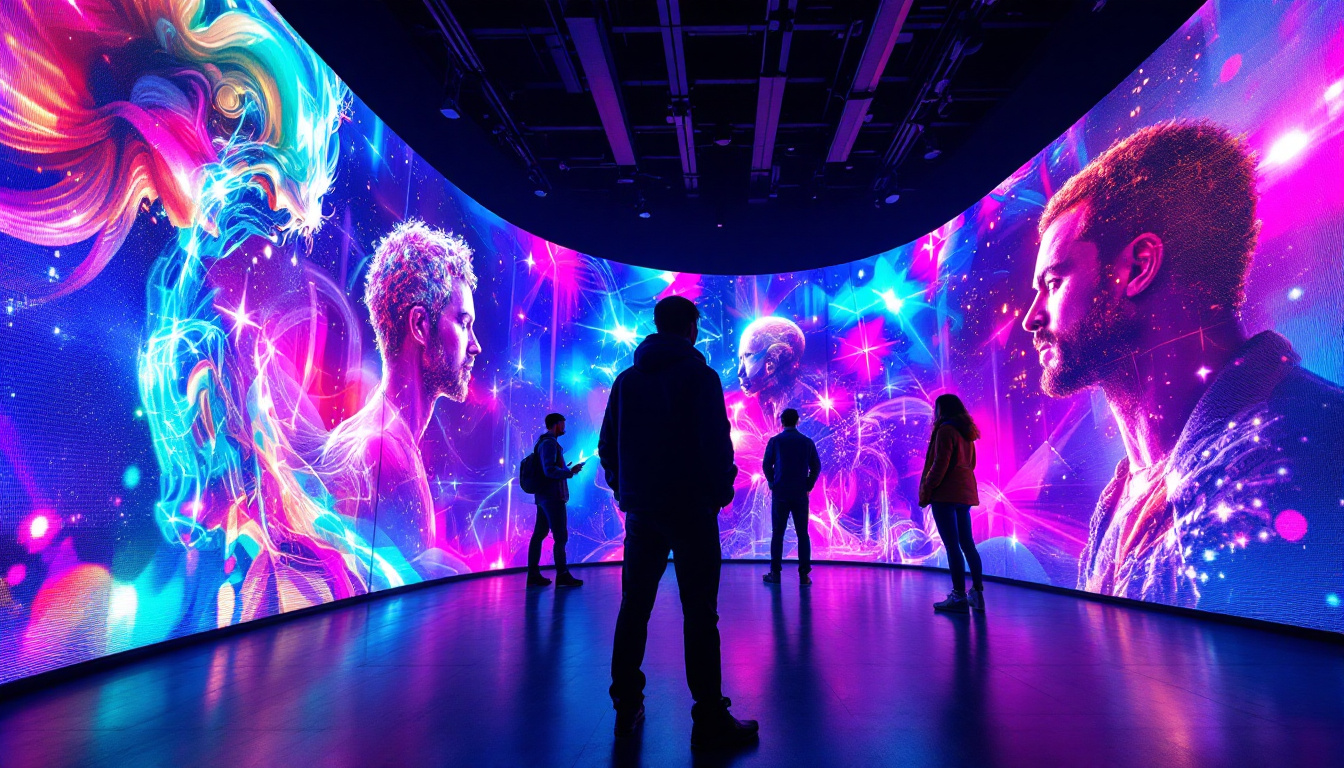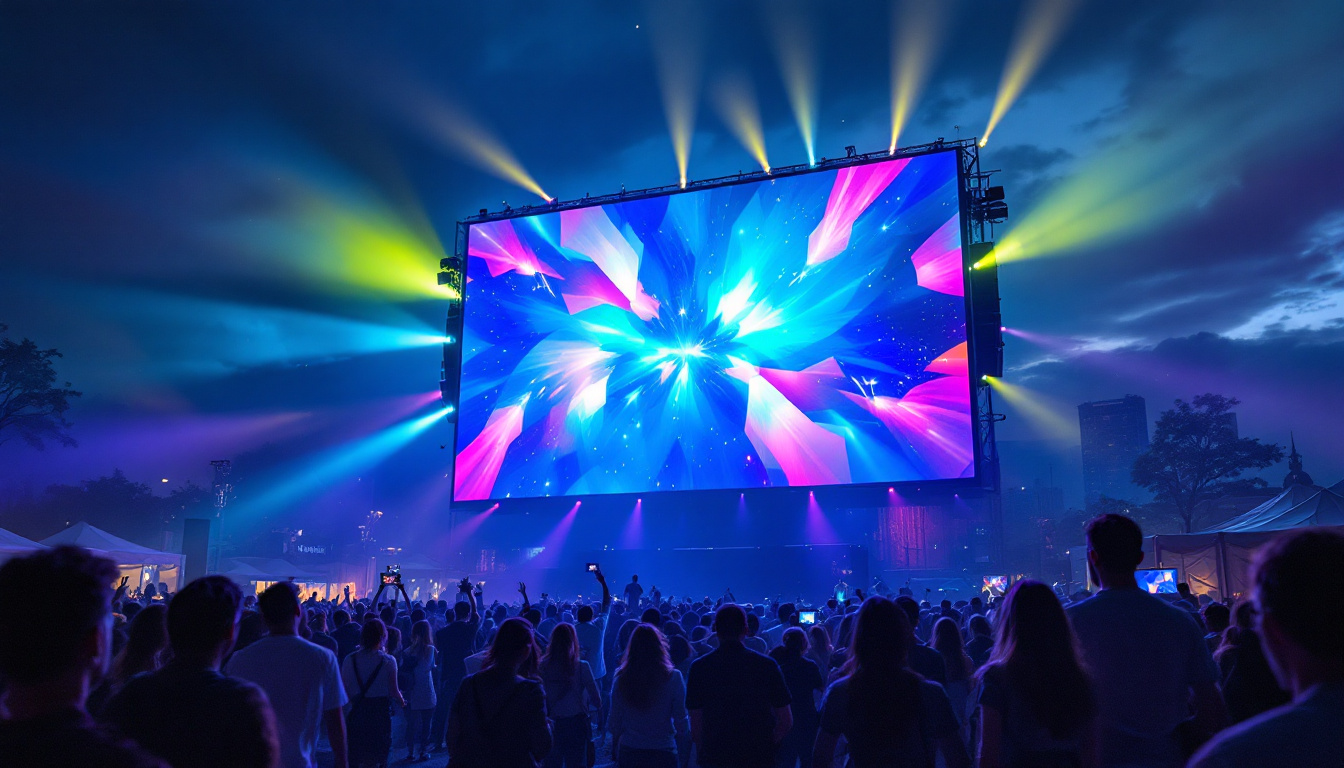How Many LEDs On The Sphere: LED Display Explained
In the realm of modern technology, LED displays have become a staple in various applications, from advertising to entertainment. One of the most striking implementations of LED technology is the spherical display, which captivates audiences with its immersive visuals and innovative design. This article delves into the intricacies of LED displays, focusing on the fascinating world of spherical LED technology.
Understanding LED Technology
Light Emitting Diodes (LEDs) are semiconductor devices that emit light when an electric current passes through them. They are known for their energy efficiency, longevity, and versatility, making them a popular choice for various lighting and display applications.
The Basics of LED Functionality
LEDs work by using a process called electroluminescence. When an electric current flows through the diode, electrons recombine with holes in the semiconductor material, releasing energy in the form of photons. The color of the light emitted depends on the materials used in the semiconductor, which can be tailored to produce a wide range of colors.
One of the most significant advantages of LEDs is their low power consumption compared to traditional incandescent bulbs. This efficiency not only reduces energy costs but also contributes to a lower carbon footprint, making LEDs an environmentally friendly choice. Additionally, the lifespan of an LED can exceed 25,000 hours, which is significantly longer than that of incandescent or fluorescent bulbs. This longevity means less frequent replacements, further reducing waste and the environmental impact associated with manufacturing and disposing of lighting products.
Types of LEDs
There are several types of LEDs, each designed for specific applications. The most common types include:
- Standard LEDs: Used in indicators and displays, these are the basic form of LED technology.
- High-Power LEDs: Designed for applications requiring higher brightness, such as automotive lighting and street lamps.
- RGB LEDs: Capable of producing a wide range of colors by combining red, green, and blue light, commonly used in displays and decorative lighting.
In addition to these common types, there are also specialized LEDs such as organic LEDs (OLEDs), which are used in high-definition displays due to their ability to produce vibrant colors and deep blacks. Furthermore, there are also ultraviolet (UV) LEDs, which are increasingly being used for sterilization and disinfection purposes, showcasing the diverse applications of LED technology across different fields.
Advantages of LED Displays
LED displays offer numerous benefits that make them a preferred choice for various applications:
- high brightness: LEDs can produce bright images even in well-lit environments.
- Wide Viewing Angles: LED displays maintain image quality from various angles, making them ideal for public viewing.
- Durability: LEDs are resistant to shock and vibrations, ensuring longevity in demanding environments.
Moreover, LED displays are highly customizable and can be designed to fit a variety of shapes and sizes, making them suitable for everything from large outdoor billboards to intricate indoor installations. Their ability to be programmed for dynamic content allows for real-time updates and interactive features, enhancing user engagement. As technology continues to advance, the integration of smart features into LED displays is becoming more common, enabling connectivity with other devices and systems for enhanced functionality.
The Concept of Spherical LED Displays
Spherical LED displays represent a cutting-edge advancement in display technology. Unlike traditional flat screens, these spherical structures provide a 360-degree viewing experience, which can be particularly engaging for audiences. The immersive nature of these displays allows viewers to feel as though they are part of the visual narrative, making them ideal for environments where engagement is key.
Design and Construction
The design of a spherical LED display involves a complex arrangement of LEDs mounted on a spherical surface. This configuration allows for seamless visuals that can wrap around the viewer, creating an immersive experience. The construction typically involves a lightweight frame to support the LED panels, ensuring stability while minimizing weight. The engineering behind these displays often incorporates advanced materials that enhance durability while also allowing for flexibility in design, enabling custom shapes and sizes tailored to specific venues or events.
Advanced technologies are employed to ensure that the display maintains a uniform brightness and color consistency across the entire surface. This often involves sophisticated calibration techniques and the use of high-quality components to achieve the desired visual effects. Additionally, many spherical LED displays are equipped with sensors that can adjust brightness based on ambient light conditions, ensuring optimal visibility at all times. This adaptability not only enhances the viewing experience but also contributes to energy efficiency, making these displays a sustainable choice for many applications.
Applications of Spherical LED Displays
Spherical LED displays find applications in various fields, including:
- entertainment venues: Theatres, concert halls, and amusement parks utilize spherical displays to enhance the viewer’s experience. These displays can create dynamic backdrops for performances, allowing for storytelling that transcends traditional boundaries.
- Advertising: Brands leverage the captivating nature of spherical displays to attract attention and engage customers. By presenting advertisements in a 360-degree format, companies can create memorable and impactful marketing campaigns that resonate with audiences on a deeper level.
- Education: Educational institutions use spherical displays for interactive learning experiences, particularly in fields like astronomy and geography. These displays can simulate celestial events or geographical phenomena, providing students with a hands-on learning experience that enhances comprehension and retention.
Technical Specifications
Understanding the technical specifications of spherical LED displays is crucial for evaluating their performance. Key specifications include:
- Pixel Pitch: The distance between individual LEDs, which affects the resolution and clarity of the display. A smaller pixel pitch results in higher resolution, making it ideal for close-up viewing.
- Brightness: Measured in nits, this indicates how bright the display can get, impacting visibility in different lighting conditions. High brightness levels are particularly important for outdoor installations where sunlight can wash out visuals.
- Refresh Rate: The frequency at which the display updates the image, crucial for smooth motion visuals. Higher refresh rates are essential for applications involving fast-moving content, such as sports events or action-packed presentations.
Moreover, spherical LED displays often come equipped with advanced connectivity options, including wireless capabilities that allow for easy integration with various media sources. This flexibility enables operators to switch content seamlessly and adapt to different audience needs in real-time. As technology continues to evolve, we can expect even more innovative features to emerge, further enhancing the functionality and appeal of these captivating displays.
How Many LEDs Are Needed for a Spherical Display?
The number of LEDs required for a spherical display depends on several factors, including the size of the sphere, the desired resolution, and the pixel pitch. Understanding these parameters is essential for determining the overall LED count.
Calculating LED Count
To calculate the number of LEDs needed, one must first determine the surface area of the sphere. The formula for the surface area of a sphere is:
Surface Area = 4 × π × r²Where r is the radius of the sphere. Once the surface area is known, the total number of LEDs can be estimated by dividing the surface area by the area occupied by each LED, which is influenced by the pixel pitch.
For instance, if the pixel pitch is 10mm, each LED occupies an area of approximately 100mm². By calculating the total surface area and dividing by the area per LED, one can arrive at an estimate of the total LED count.
Factors Influencing LED Count
Several factors can influence the number of LEDs required for a spherical display:
- Resolution: Higher resolution displays require more LEDs to ensure image clarity.
- Viewing Distance: Displays intended for close viewing may need a higher LED count to maintain visual quality.
- Content Type: The nature of the content displayed can also dictate the required LED density, with dynamic visuals often needing more LEDs for effective representation.
Challenges in Spherical LED Display Technology
While spherical LED displays offer numerous advantages, they also present unique challenges that need to be addressed for optimal performance.
Technical Challenges
One of the primary technical challenges is achieving uniform brightness and color consistency across the entire surface. Variations in LED quality and calibration can lead to noticeable discrepancies, detracting from the viewer’s experience.
Additionally, the complexity of wiring and controlling a large number of LEDs can pose significant challenges. Advanced control systems and software are required to manage the display effectively, ensuring that all LEDs operate synchronously.
Cost Considerations
The cost of spherical LED displays can be considerably higher than traditional flat displays. This is due to the advanced technology, materials, and construction processes involved. Organizations must weigh the benefits of immersive displays against the associated costs when considering their implementation.
Moreover, maintenance costs can also be a factor, as the intricate nature of spherical displays may require specialized technicians for repairs and upkeep.
Future Trends in Spherical LED Displays
As technology continues to evolve, several trends are emerging in the realm of spherical LED displays:
- Increased Resolution: Advances in LED technology are leading to higher pixel densities, resulting in sharper and more detailed images.
- Integration with Augmented Reality: The combination of AR with spherical displays is creating exciting new possibilities for interactive experiences.
- Enhanced Interactivity: Future displays may incorporate touch and gesture recognition, allowing for more engaging user interactions.
Conclusion
Spherical LED displays represent a remarkable fusion of technology and creativity, offering immersive experiences that captivate audiences. Understanding the intricacies of LED technology and the factors influencing the design and implementation of these displays is crucial for anyone looking to harness their potential.
As advancements continue to shape the future of display technology, spherical LED displays are poised to play an increasingly prominent role in various sectors, from entertainment to education. With their ability to deliver stunning visuals and engage viewers, the possibilities for spherical LED displays are virtually limitless.
In summary, the number of LEDs on a sphere is not merely a technical specification; it reflects the intricate balance between design, functionality, and viewer experience. As technology progresses, the evolution of spherical LED displays will undoubtedly continue to amaze and inspire.
Discover the Future of LED Displays with LumenMatrix
Ready to elevate your space with the latest in LED display technology? LumenMatrix is at the forefront of creating immersive environments with our comprehensive range of LED display solutions. From Indoor and Outdoor LED Wall Displays to innovative Custom and All-in-One LED Displays, our products are designed to transform your visual storytelling and captivate your audience. Experience the revolution in visual communication and let LumenMatrix help you make a lasting impression. Check out LumenMatrix LED Display Solutions today and step into the future of digital engagement.

